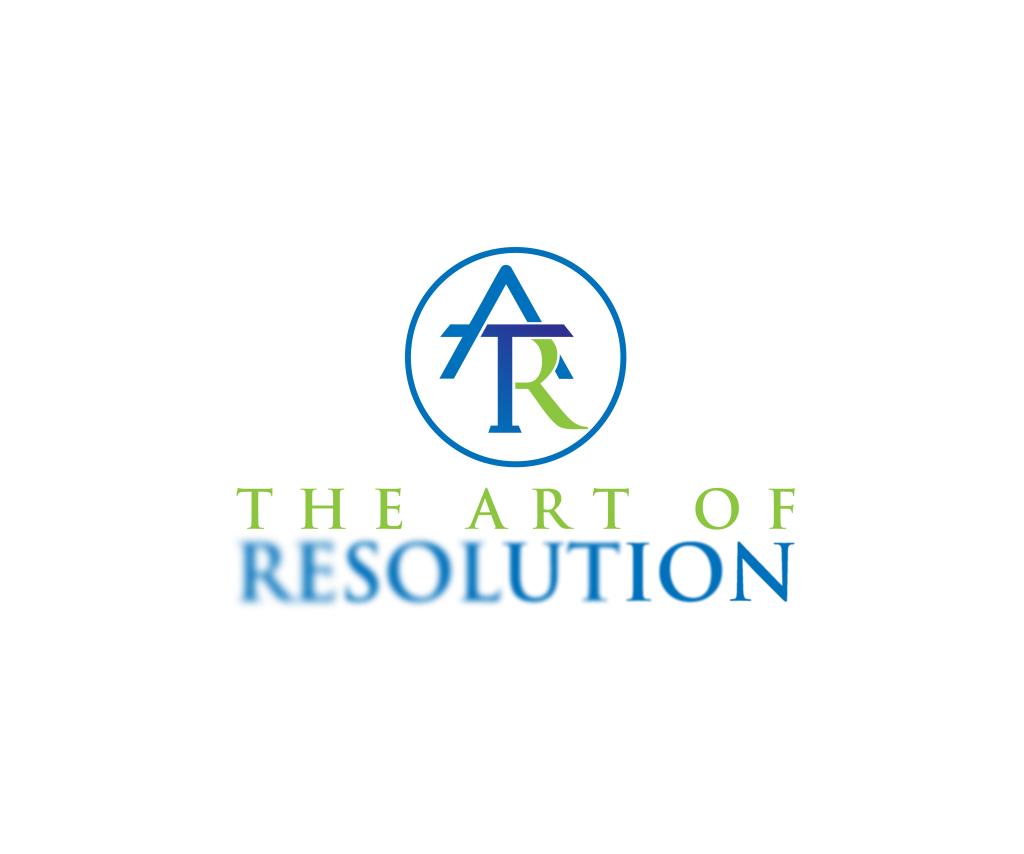by Andrew Flake
I have blinds on my office window and one morning not long ago, I noticed a knot, really a tangle, that seemed much larger than I remembered. I decided to untie it, and after a painstaking length of time, I did.
I then had several thoughts in quick succession. First, there was a reason for the knot; my blind now raised at a crooked angle. Second, I’d just wasted ten good minutes, with more to come in the re-tying. Third, thankfully, was that there might be a blog here. So here we go.
Sometimes, more force or effort, pulling on the knot — like jumping right into new litigation or more litigation — is just going to tighten things up, like my blinds, or like those wooden finger traps we had as kids.
Do you remember the story of the Gordian knot? In legend, a famously complex knot was tied around an oxcart, and whoever could untie it was destined to rule Asia. Simply, brilliantly, Alexander the Great lifted his sword, and sliced through it. The solution was one that no one had ever even considered.
Whether you think a given dispute, perhaps a commercial breach of contract, is impossibly intractable, with the options binary, win or lose, pay or not, I’ll bet there are a good number of possibilities the parties haven’t considered. There’s more than one way to loosen most knots, once we decide they should be loosened at all. As a practical matter, that means adding settlement planning to your to-do list, and blocking out time, challenging though it may be, to think broadly and creatively about your dispute.
Look, just thinking about a knot, with Alexander’s story in mind, what could we do? Dissolve it? Freeze it and break it? Paint it and turn it into art? If you’d like, ask your AI: Chat GPT also told me I could take a knot and “inject a rapidly expanding foam into the knot, which will expand and push the strands apart.”

That is not to say we’re not called upon in litigation to make snap decisions, just that it’s more often true, and perhaps most often, that a bit of thought before action always serves us well.
And in starting a settlement discussion and preparing for mediation, part of that thought is generating options. At each stage of the case, before you send a demand letter, before you file a complaint, before you arrive at mediation, give yourself a little time to really consider every way you can think of to satisfy party interests.
I promise, once you have your list of options, they’ll lead to other possibilities and probably even uncover more party-interests. And the more options you have, the more tools you and your mediator will have available, including grouping and bundling issues making tradeoffs, aspects we’ll consider in future blogs.
For now, pick a case you’d like to settle. Then pour yourself some coffee, mute your phone, and consider the knots. Happy slicing!
